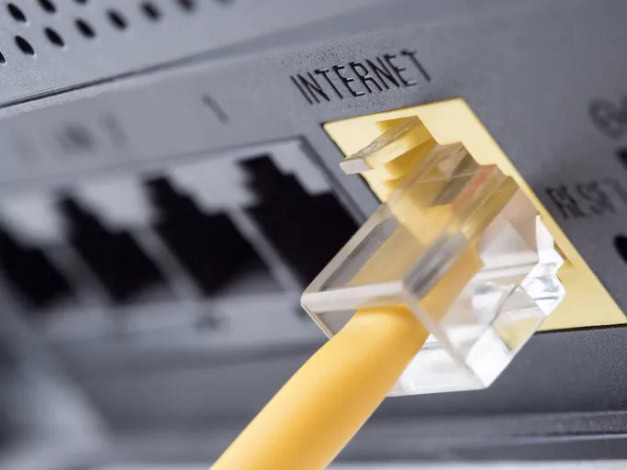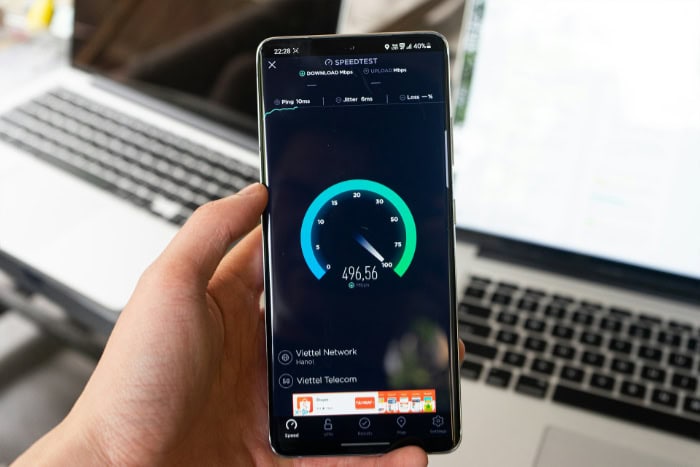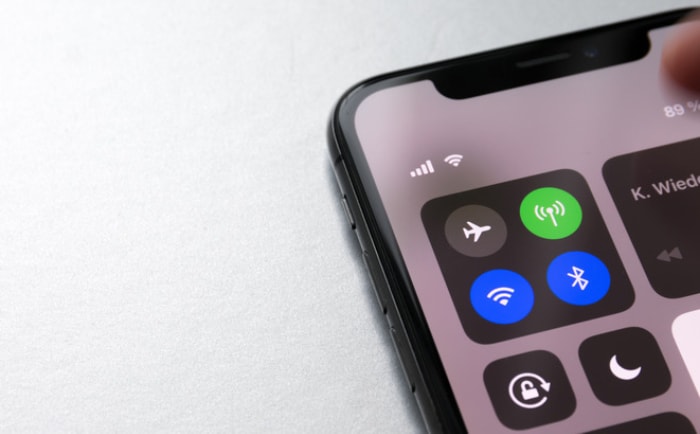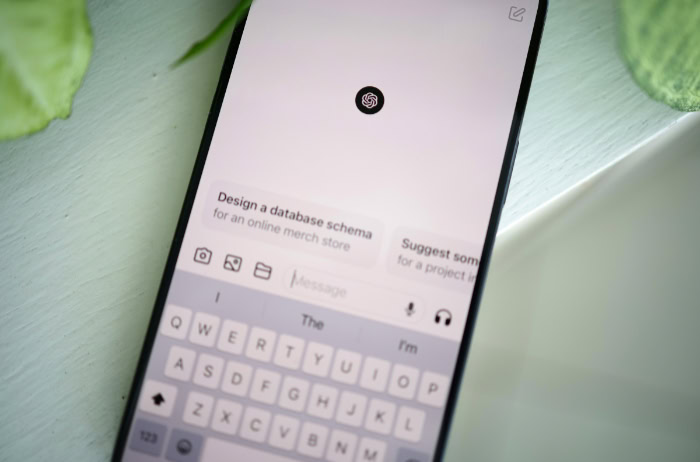Types of Internet Connections: Which Is Best for You?

The right internet connection can transform your daily routine, while the wrong one leads to endless frustration. The market is saturated with technical jargon, making it difficult to distinguish between options like fiber, cable, DSL, and 5G home internet.
Each technology offers a different balance of speed, reliability, and cost, and what works for a city apartment may be unavailable or impractical for a rural home.
A Glance at Connection Types
Internet service reaches homes and businesses through three primary methods: physical cables, terrestrial wireless signals, or satellite transmissions. Each category contains distinct technologies with unique delivery mechanisms.
The choice between them often depends on what is physically available at a specific location, which in turn shapes the options for speed and performance from the start. Wired connections form the backbone of urban and suburban internet access, while wireless and satellite technologies provide critical alternatives where laying cable is not feasible.
Wired Connections
Wired internet is delivered through a physical line running directly to a location. Fiber optic is the premier option, transmitting data as pulses of light through thin glass strands, which allows for extremely high speeds and reliability.
Cable internet leverages the same coaxial cable network used for cable television services. It offers fast download speeds, but the bandwidth is typically shared among multiple households in a neighborhood, which can affect performance during peak usage hours.
Digital Subscriber Line, or DSL, operates over existing copper telephone lines. Its performance degrades over long distances, so the speed you receive is heavily dependent on how far your home is from the provider’s local facility.
Wireless Connections
Wireless internet solutions transmit data over the air, eliminating the need for a physical line to the premises. Fixed wireless access broadcasts a signal from a nearby tower to a permanent receiver installed on a home or building.
A clear line of sight between the tower and the receiver is usually necessary for a stable and fast connection. Another option is 4G LTE or 5G home internet, which uses cellular networks to provide service.
A dedicated router inside the home picks up the same signals used by smartphones, offering a convenient setup and competitive speeds, particularly with the expansion of 5G networks.
Satellite Connections
Satellite internet provides coverage by sending a signal from a ground station to a satellite in orbit, which then relays the signal back down to a satellite dish installed at the user's property. Its greatest advantage is its extensive availability, reaching remote and rural areas where wired or terrestrial wireless options are nonexistent.
However, the immense distance the signal must travel results in higher latency, or delay, compared to ground-based services. Performance can also be affected by adverse weather conditions, such as heavy rain or snow, which can temporarily obstruct the signal path.
Evaluating Performance Factors

The advertised speed of an internet plan tells only part of the story. A connection’s true quality is determined by a combination of speed, responsiveness, and reliability.
How quickly data travels, the delay it experiences along its path, and how dependably the service performs under various conditions all shape the user experience.
Speed and Symmetry
Internet speed is measured in two directions: download speed, which affects how quickly you receive data for activities like streaming video or loading websites, and upload speed, which impacts how fast you can send data for tasks like video conferencing or backing up files to the cloud. Symmetry refers to the balance between these two.
Fiber optic connections often provide symmetrical speeds, meaning uploads are just as fast as downloads. Cable and DSL plans are typically asymmetrical, with much slower upload speeds.
5G home internet can offer high speeds, but its performance may fluctuate based on network demand and signal quality.
Latency and Stability
Latency, often called ping, is the time it takes for a data packet to travel from your device to a server and back. Low latency is critical for real-time applications like online gaming and video calls, where even a small delay can cause noticeable lag.
Fiber connections boast extremely low latency. In contrast, satellite internet has very high latency due to the immense distance its signal must travel, making it a poor choice for responsive tasks.
The stability of a connection also matters; wired services like fiber and DSL are generally very stable, while fixed wireless performance can vary with atmospheric conditions or physical line-of-sight issues.
Consistency
A consistent connection delivers predictable performance at all times of the day. Some connection types are more susceptible to slowdowns than others.
Cable internet, for instance, operates on a shared network, so speeds can drop during peak hours when many people in your neighborhood are online. Wireless and satellite services can be less consistent because their signals can be degraded by bad weather, physical obstructions like trees or buildings, or other forms of interference.
Dedicated lines, like those used for fiber and often for DSL, are less prone to this type of congestion, offering a more dependable experience.
Service Availability and Setup
Before comparing performance metrics or prices, the first and most decisive factor in choosing an internet service is simply what is available at your address. The options you have are determined by the infrastructure that providers have built in your area.
Understanding Your Coverage Area
The geographic location of a property often dictates the internet technologies available. Cable and DSL are the most common and widely distributed options in populated areas because they operate on pre-existing television and telephone networks.
Fiber optic service, while expanding rapidly, has an uneven rollout. It is most prevalent in cities and increasingly in suburban neighborhoods, but it is far from universal.
Satellite internet, by contrast, can reach almost any location in the country, provided there is a clear view of the sky, making it an essential service for many rural and remote households where other options are nonexistent.
Required Equipment and Installation
Each type of internet service requires specific hardware to function. A fixed wireless connection requires a technician to install a receiver or antenna on the exterior of your building, which is then aimed at a provider's nearby tower.
Satellite service similarly involves mounting a dish on a roof or pole with an unobstructed line of sight to the orbiting satellite. Fiber optic service requires an Optical Network Terminal (ONT) to be installed inside or outside the home to convert the light signals from the fiber line into an electrical signal for a router.
Cable and DSL setups are typically simpler, often involving just a modem connected to the respective wall outlet.
Service Activation Requirements
Turning on the service, known as provisioning, is dependent on several factors. For wired connections like fiber, cable, or DSL, activation relies on the integrity of the physical infrastructure running to the property.
If a line is damaged or nonexistent, a technician visit is required to run a new one. For fixed wireless and satellite, success hinges on signal quality.
A technician must confirm a stable, strong connection, which can be impeded by terrain, buildings, or dense foliage. A clear line of sight is non-negotiable for these wireless services, and dish placement is critical for a reliable satellite link.
Cost and Plan Considerations

The monthly price tag is an obvious factor, but the true cost of an internet plan involves more than just the recurring bill. Evaluating the total financial commitment requires examining equipment fees, installation charges, and the fine print of service agreements.
Pricing and Total Cost
Internet service pricing varies dramatically based on the technology, speed tier, and level of competition in a specific market. Generally, high-speed fiber optic plans occupy the upper end of the price spectrum, while basic DSL and introductory cable packages are often the most affordable.
The advertised monthly rate, however, may not reflect the full cost. Be sure to account for additional expenses such as one-time installation fees, activation charges, and monthly equipment rental for modems or routers.
Some plans also come with data caps, and exceeding them can result in extra charges or reduced speeds.
Contracts and Service Guarantees
Providers often lure new customers with attractive promotional pricing that is only valid for a limited time, typically the first one or two years of a contract. Once this introductory period expires, the monthly rate can increase substantially.
Breaking a contract early usually incurs a significant early termination fee. For users who need guaranteed reliability, some providers offer plans with a Service Level Agreement (SLA).
While more common for business accounts, an SLA is a formal commitment that defines the expected level of uptime and performance, outlining remedies if the service fails to meet those standards.
Aligning Value with Needs
The best value comes from a plan that matches its performance to your specific usage patterns. Before choosing a service, consider your daily online activities.
If your household frequently streams 4K video, engages in competitive online gaming, or supports multiple remote workers, investing in a faster, more expensive plan is a worthwhile expense. For individuals whose work involves uploading large files, a symmetrical fiber connection provides immense value, even at a premium price.
Conversely, for lighter use like basic web browsing, email, and social media, a less expensive, lower-tier plan will likely suffice and offer a better price-to-performance ratio.
Matching Connections to Use Cases and Reliability
Different online activities place distinct demands on an internet connection, so the best service is one that aligns its strengths with your primary needs. For households with diverse and demanding usage, certain technologies provide a clear advantage.
For others, particularly in areas with limited infrastructure, the focus shifts to finding a practical and stable solution. For users who cannot afford any service interruption, the conversation moves toward building a resilient setup with backup options.
Supporting Work, Streaming, and Gaming
Modern households often juggle remote work, high-definition entertainment, and online gaming simultaneously. Fiber optic service excels in this environment.
Its symmetrical upload and download speeds are ideal for professionals who participate in video conferences and transfer large files, while its extremely low latency provides a competitive edge for gamers. Cable internet is a strong all-around choice, offering fast download speeds capable of handling multiple 4K video streams.
Its primary drawback is that performance can dip during peak evening hours as bandwidth is shared with neighbors. DSL serves as a functional and budget-friendly option for lighter internet use, such as browsing the web, managing email, or streaming on one or two devices.
Solutions for Rural Connectivity
In regions where access to wired internet is unavailable, wireless and satellite technologies are essential. Fixed wireless can be a practical alternative, delivering service from a local tower to a receiver on the property.
It generally offers lower latency and more generous data allowances than satellite, but it requires a clear line of sight to the tower and can be affected by terrain. Satellite internet stands out for its nearly universal availability, making it a lifeline for the most isolated locations.
The trade-off is high latency due to the signal's long journey, which makes it unsuitable for fast-paced online gaming or responsive video calls. The connection can also be temporarily disrupted by severe weather.
Implementing Redundancy Strategies
For anyone whose work or daily life depends on an uninterrupted connection, building redundancy is a worthwhile investment. The most common strategy is to subscribe to two separate internet services, known as a dual-connection or failover setup.
This often involves using two different technologies from two separate providers, such as a primary fiber line with a backup from a cable or 5G home internet plan. A router or network device can manage these connections, automatically switching to the secondary service if the primary one goes down.
This approach significantly minimizes downtime, ensuring that work, communication, and smart home devices remain online during an outage.
Conclusion
The search for a suitable internet connection always begins with identifying which services are offered at your address. Once you have a list of available options, the optimal choice becomes a balance of speed, latency, reliability, and price, weighed against the applications that are most important to your daily activities.
For those who rely on constant connectivity for work or other critical tasks, establishing a backup with a second internet service is the most effective way to improve resilience and guard against interruptions.


